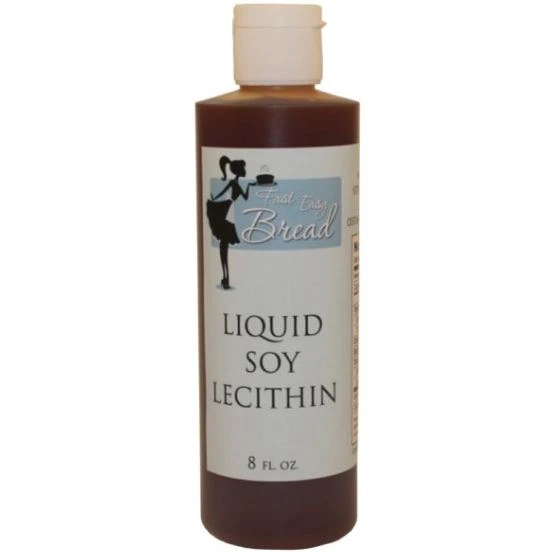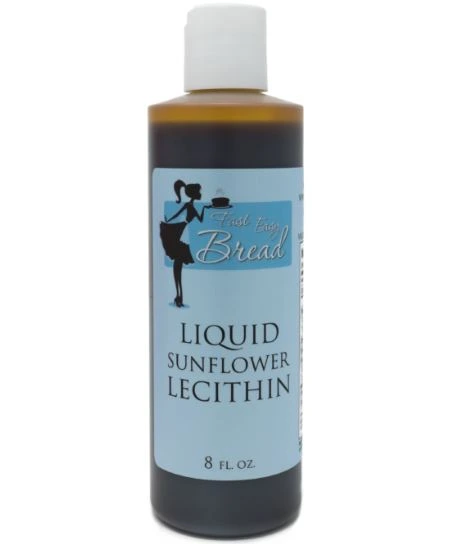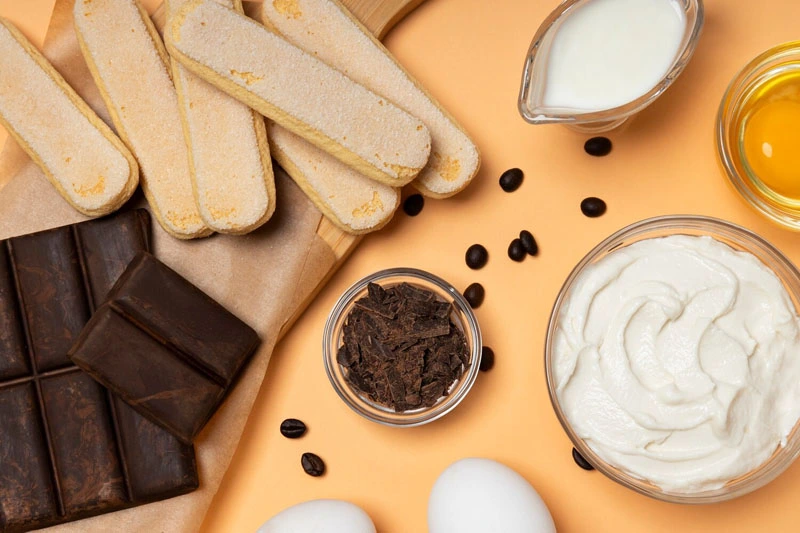Lecithin is a popular emulsifying agent commonly found in many baking products. It ensures the mixing of ingredients and improves the texture of baked goods. However, if you’re looking for lecithin alternatives in baking due to allergies, dietary choices, or other reasons, this guide will take you through some effective replacements.
What is Lecithin, and Why Use It in Baking?
Derived primarily from soybeans and sunflower seeds, lecithin is a natural emulsifier that promotes the smooth blending of ingredients that might not combine well.
Role of Lecithin in Baking
Lecithin ensures that fats and liquids mix properly, giving baked goods a consistent texture. It’s particularly crucial in recipes with high-fat content, like chocolate desserts, ensuring they maintain a creamy, melt-in-the-mouth feel.
Top Lecithin Alternatives in Baking
While lecithin derived from plants like soy and sunflower seeds is common, various alternatives offer similar properties.
Eggs: Eggs, specifically the yolks, are a natural emulsifying agent. They give structure to baked goods, binding the ingredients together. When substituting for lecithin, one yolk can replace one tablespoon of lecithin.
Soy Lecithin: An excellent lecithin alternative for those avoiding animal-based products, soy lecithin is plant-based and offers the same emulsifying properties. It’s derived from soybeans and works well in dressings, sauces, and baked goods.
Sunflower Lecithin: An alternative to soy lecithin, sunflower lecithin is derived from sunflower seeds. It’s a fitting option for those who are allergic to soy. Its mild taste doesn’t alter the flavor of dishes, making it perfect for sensitive recipes.
Xanthan Gum and Guar Gum: Xanthan Gum and Guar Gum act as stabilizers and emulsifiers. A tiny amount of either can replace lecithin, ensuring baked goods retain moisture and don’t become too crumbly.
Cocoa Butter and Fats Cocoa butter offers the creamy texture associated with lecithin, especially in chocolate-based recipes. Meanwhile, fats like butter, margarine, or oils can help blend ingredients, though they might alter the flavor profile.
Factors to Consider When Choosing an Alternative
Not every lecithin substitute is suitable for all recipes. Factors like taste, texture, and the desired outcome of the dish play a pivotal role in your choice.
Recipe Requirements
Understand the role of lecithin in your recipe. For emulsifying, options like egg yolks or soy lecithin might be best. Cocoa butter or xanthan gum might be ideal if it’s for moisture.
Dietary Restrictions
For vegan recipes, plant-based substitutes like soy or sunflower lecithin are preferable. Always be mindful of allergens, especially with ingredients like eggs or soy.
Flavor and Texture
Some substitutes might affect the overall taste of the baked product. For instance, cocoa butter can add a chocolaty flavor, while margarine might lend a distinct taste to the dish.
Conclusion
In conclusion, while lecithin is a valuable ingredient in baking, there are numerous alternatives to explore. Always consider your recipe’s desired texture, taste, and dietary requirements before choosing the best substitute. Happy baking!
Frequently Asked Questions
Can mustard act as an emulsifier?
Yes, mustard can act as a natural emulsifier, especially in dressings, though it may introduce a strong flavor.
Can I use oils as a direct substitute for lecithin?
Oils can aid in binding and moisture but won’t offer the same emulsifying properties. It’s best to combine them with another emulsifying agent.
Are there any health concerns associated with consuming too much lecithin?
Excessive consumption can lead to digestive issues, but moderate intake as part of a balanced diet is generally considered safe.






